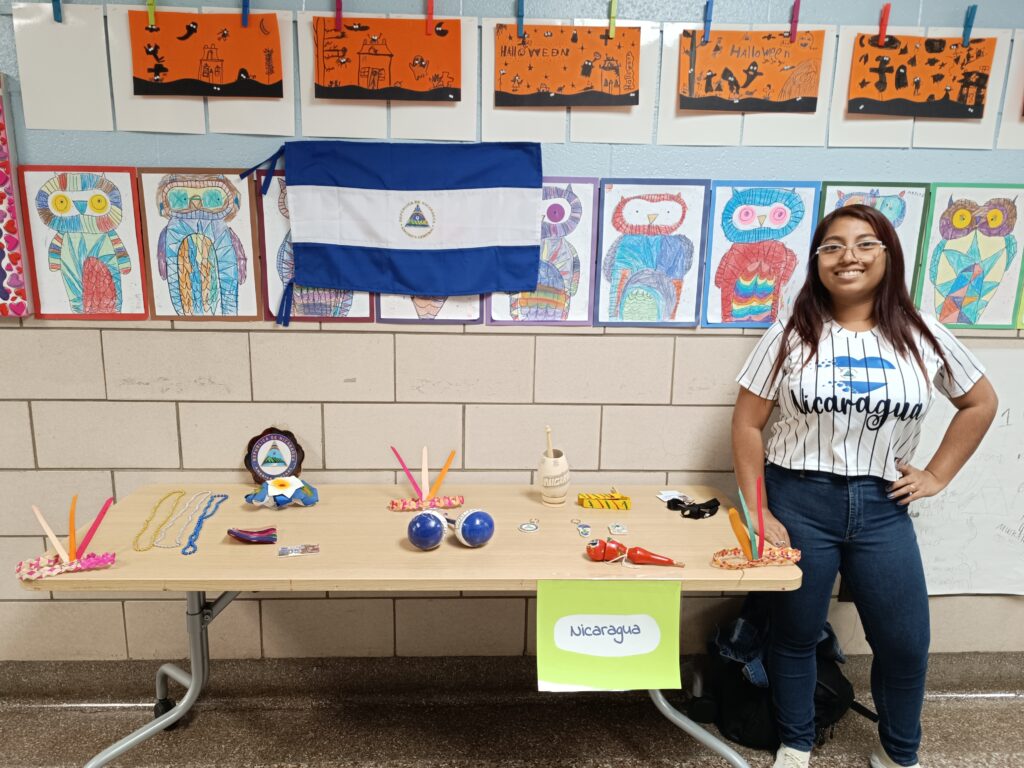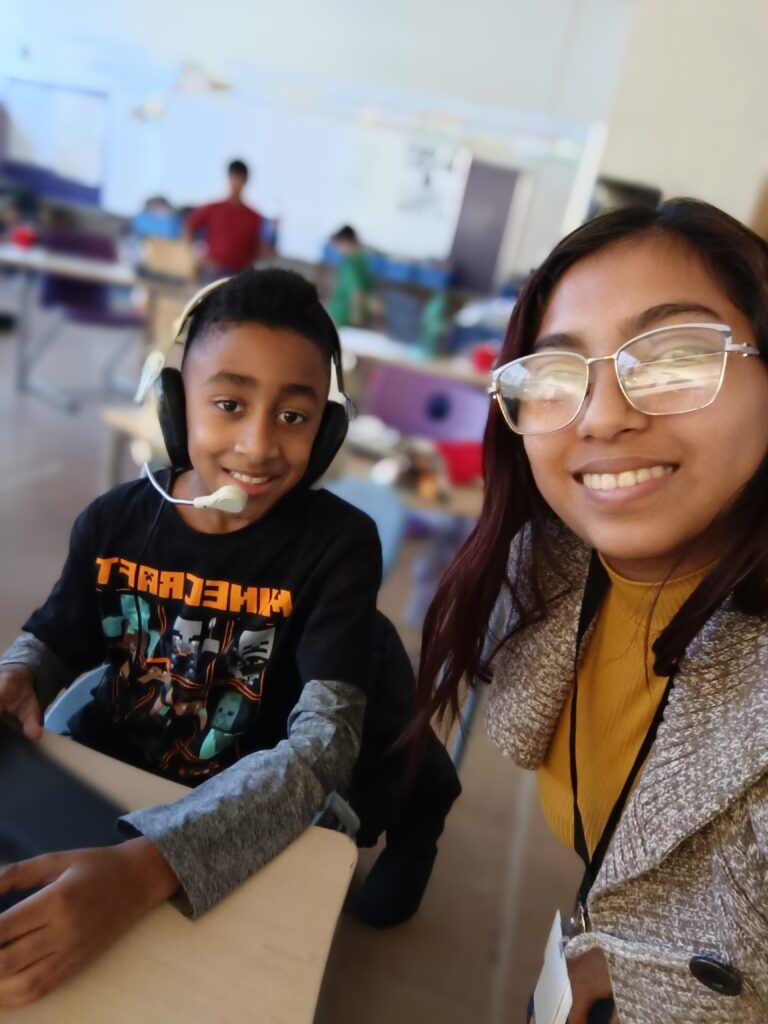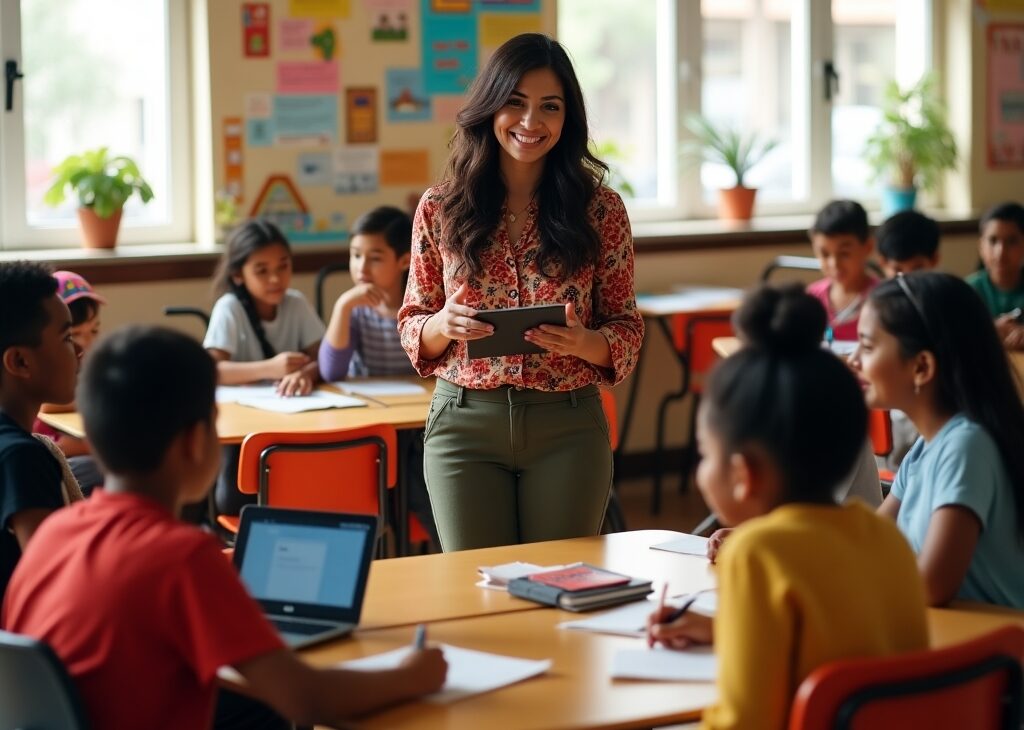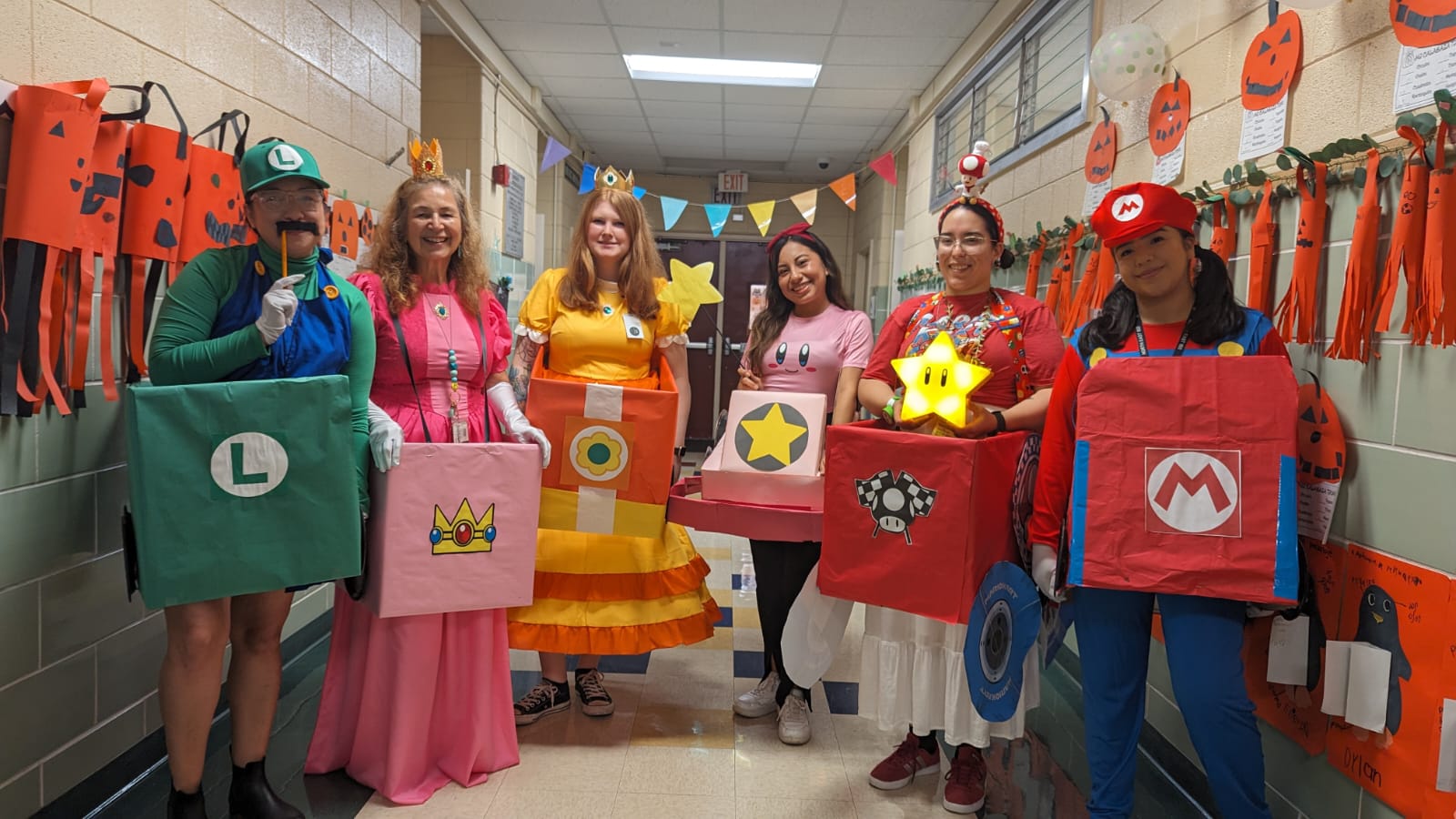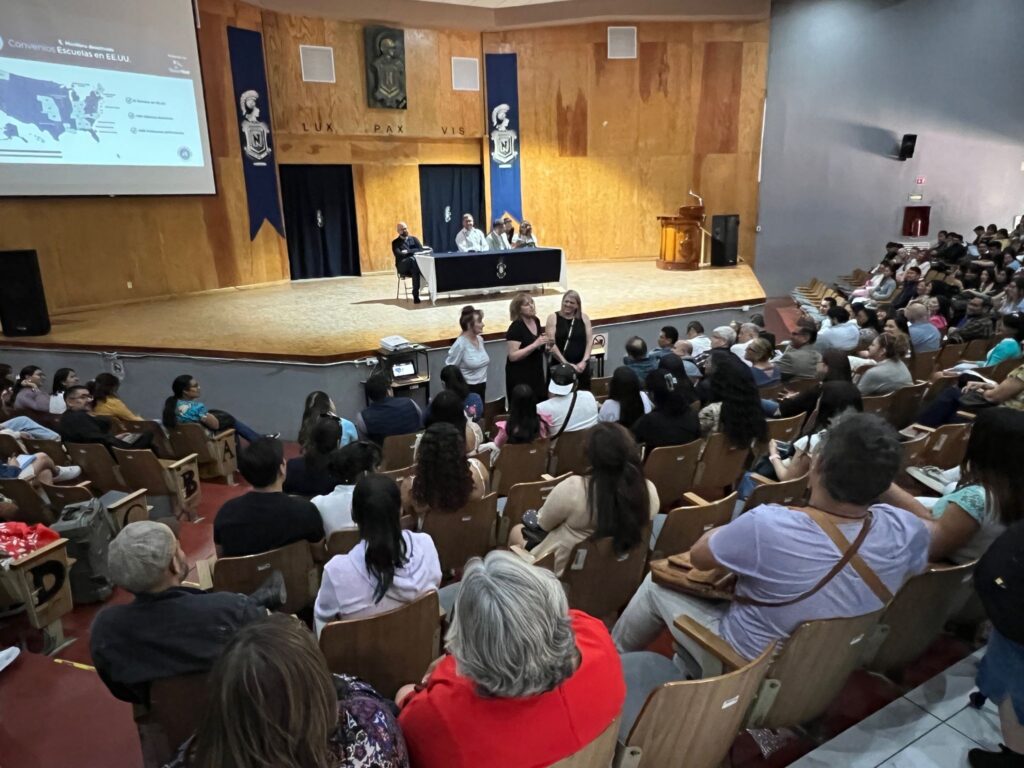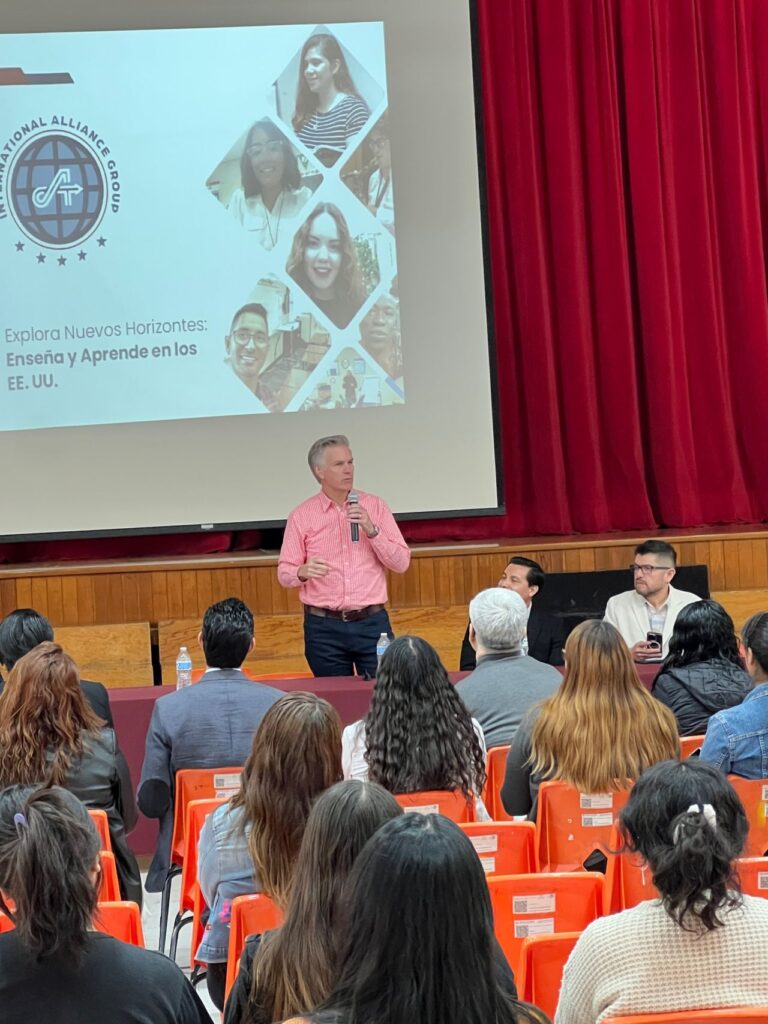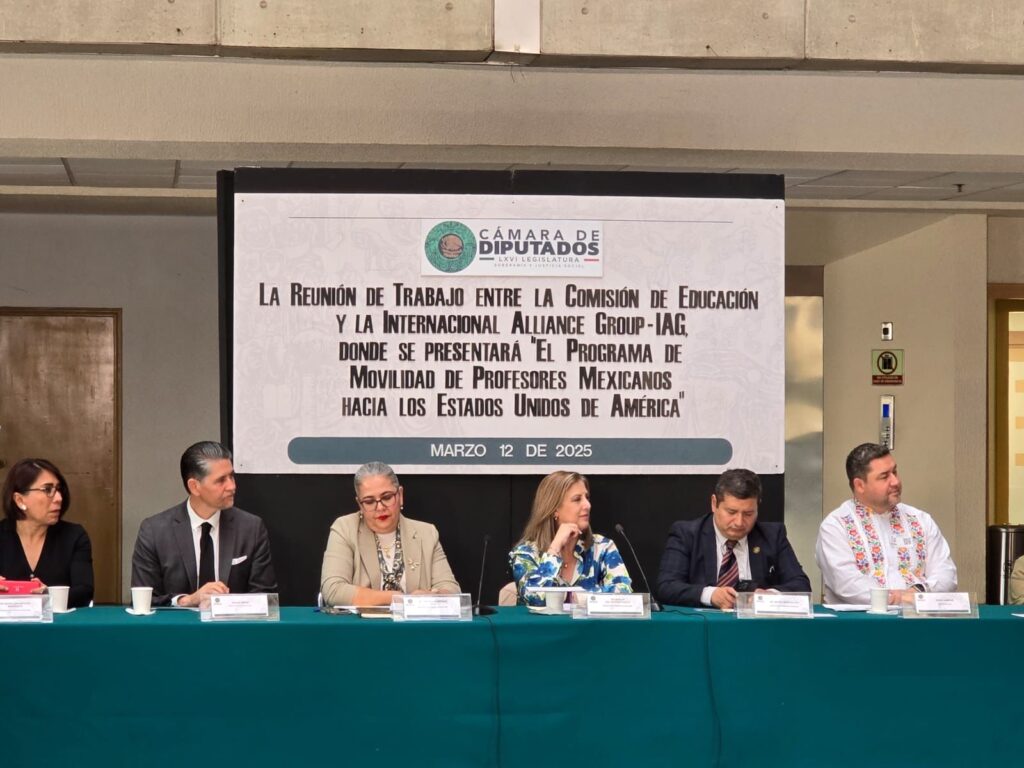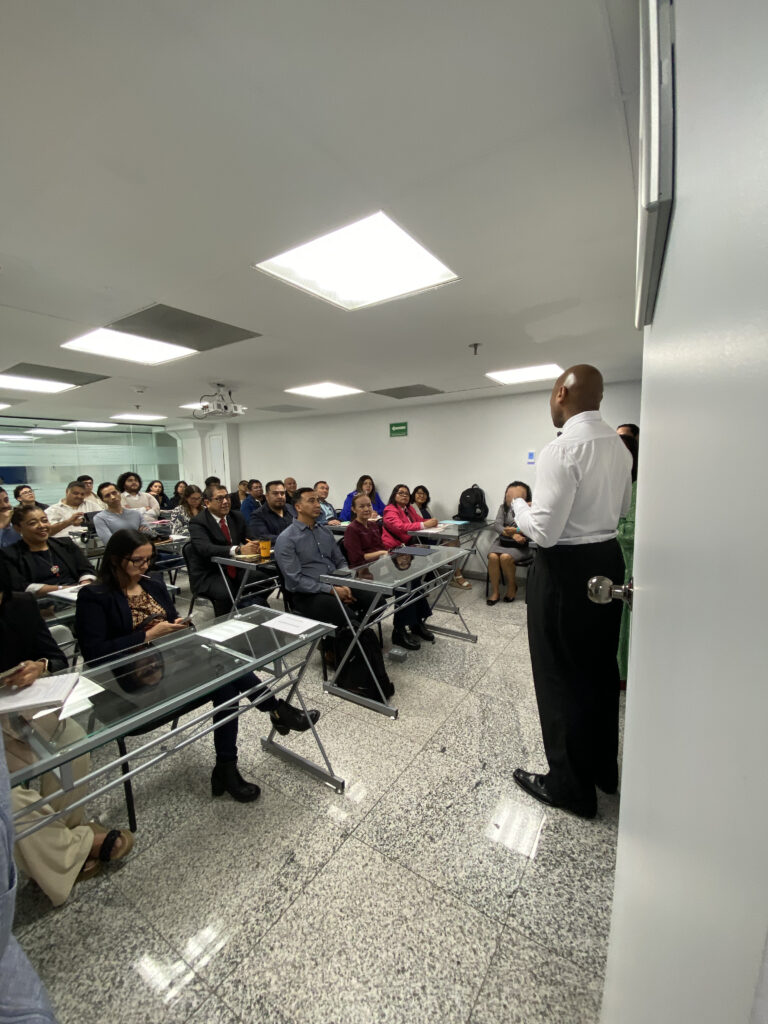In recent years, cultural diversity in U.S. classrooms has increased dramatically, and international teachers play a crucial role in this shift. Bringing professionals from around the world into U.S. schools not only enriches the educational environment but also helps create a more inclusive, empathetic, and dynamic learning space for students. As an international teacher currently working in the U.S., I want to share how the cultural and pedagogical diversity we bring is transforming education in America.
1. Diverse Perspectives: An Invaluable Asset in the Classroom
One of the most valuable aspects of having international teachers in U.S. schools is the opportunity to incorporate a variety of cultural perspectives into the classroom. Students, especially in diverse urban areas, benefit from learning not only from their teachers but also from the different experiences and backgrounds those teachers bring with them. From the way we approach historical topics to how we structure lessons and manage day-to-day interactions, international perspectives significantly enrich the learning process.
Impact on students:
- Globalized learning: Students get a window into the world outside the U.S., learning about different cultures, traditions, and educational approaches. This helps foster a global mindset and prepares them to be citizens of the world.
- Empathy building: By interacting with teachers from diverse backgrounds, students develop greater empathy for people from different cultures and learn to appreciate the diversity around them.
2. Innovative Pedagogical Approaches
Each teacher brings a unique set of skills and teaching methods influenced by the educational practices in their home country. International teachers often introduce pedagogical approaches that may be new or innovative within the U.S. education system, helping to transform the classroom into a more dynamic learning space.
For example, some international teachers bring collaborative learning techniques, problem-based learning, or the use of technology that may not be as common in certain U.S. schools. Additionally, the differences in how we assess and motivate students often enhance the educational experience.
Impact on students:
- Adaptability and flexibility: Students benefit from seeing how different teaching styles can lead to the same outcome—effective learning. They learn to be more adaptable and open to different ways of receiving information.
- Creativity and critical thinking: By implementing new methodologies, international teachers encourage critical thinking and creativity, motivating students to question and explore material in depth.
3. Creating an Inclusive and Respectful Environment
The U.S. classroom, especially in diverse communities, consists of students from various backgrounds, abilities, and experiences. As an international teacher, I’m not just a knowledge transmitter; I’m also a model for how to celebrate and respect diversity. Through everyday interactions, I strive to instill in my students the importance of inclusion, respect, and acceptance of differences.
In this regard, international teachers play a crucial role in creating a space where all students—regardless of their race, ethnicity, religion, or socioeconomic background—feel valued and understood.
Impact on students:
- Appreciation of diversity: International teachers help students understand that differences are not only inevitable but also valuable.
- A more inclusive classroom: By being a model of inclusion and respect, international teachers encourage students to build an environment where everyone can express themselves without fear of judgment, fostering collaboration and teamwork.
4. Developing Global Skills for the Future
We live in an increasingly globalized world, and it’s essential for U.S. students to prepare for interactions with people from different cultures. International teachers are playing a key role in this process, as their experiences and knowledge help students develop essential skills for their future.
For example, teaching students to be aware of cultural differences, communicate effectively in diverse environments, and value others’ perspectives are critical skills for the 21st century. By providing these lessons beyond the classroom, international teachers are contributing to the development of future leaders, professionals, and global citizens.
Impact on students:
- Preparation for the real world: Students develop intercultural competencies and global communication skills, preparing them to interact in a diverse and multicultural workforce.
- Valuing global teamwork: Surrounded by diverse perspectives, students learn to collaborate with people from different backgrounds, a skill that is increasingly sought after in today’s global job market.
5. The Power of International Experience
International teachers, having taught in different countries and educational contexts, often bring a unique perspective on the challenges and opportunities that exist in the classroom. This experience allows us to see things from a different angle, always looking for innovative solutions to improve the learning experience and adapt to students’ needs.
Additionally, international teachers are often better equipped to handle diverse learning styles, having worked with students from a range of socioeconomic, linguistic, and cultural backgrounds, which makes us even more effective in diverse classrooms.
Impact on students:
- Resilience and adaptability: Students learn from their teachers how to be resilient and adapt to new environments, giving them tools to tackle challenges in an ever-changing world.
- Role models of perseverance: International teachers often serve as examples of perseverance and adaptability, inspiring students to overcome barriers and achieve their goals.
Diversity in the classroom not only enriches the learning experience but also prepares students for a more inclusive, collaborative, and global future. International teachers play a vital role in this process, bringing unique perspectives and innovative teaching approaches that benefit both students and the U.S. education system as a whole.
If you are an international teacher considering teaching in the United States, know that your presence in the classroom will be valuable not just for your academic expertise, but also for the cultural richness and unique experiences you bring. Together, we can help create a learning environment that is more inclusive, respectful, and diverse for all students.
This blog was written by Global Workforce Development, powered by IAG, an organization dedicated to creating international job opportunities for professionals.




